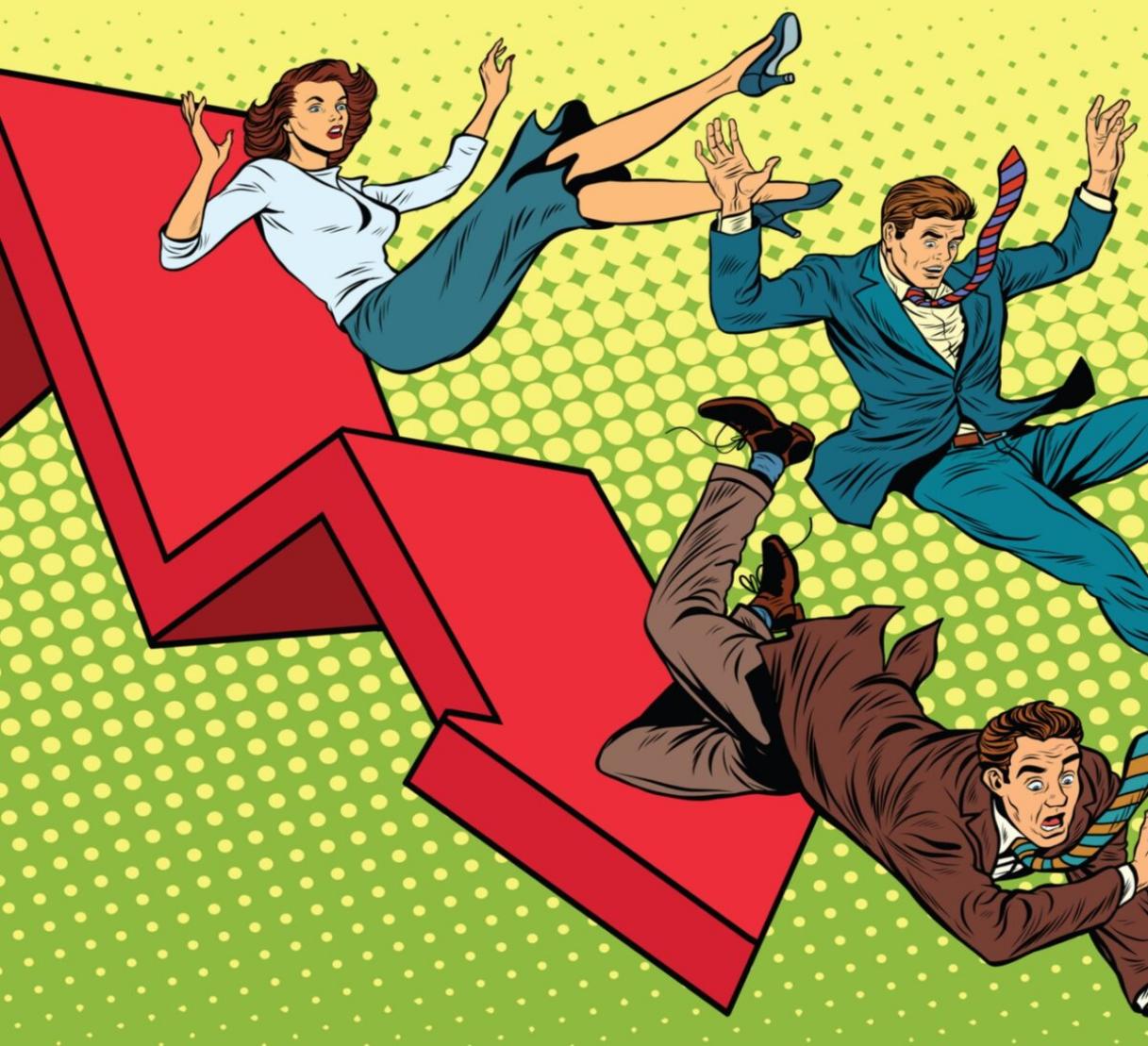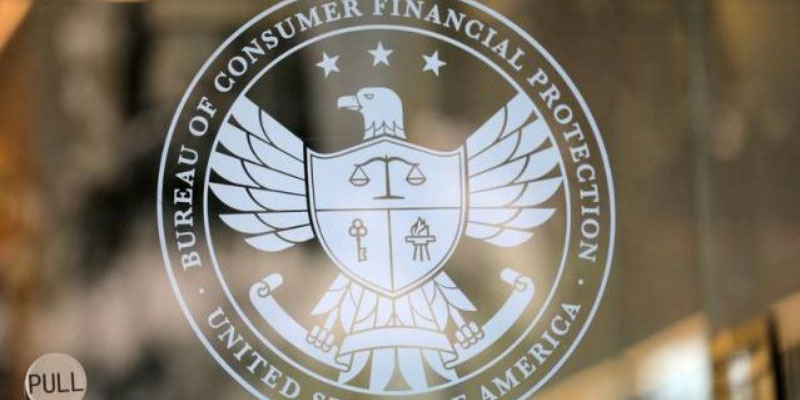Economic Growth-Bond Performance
Nov 06, 2023 By Triston Martin
The economy is a key factor in how well the bond market does. Bonds are affected by the economy in several ways, depending on how much interest rate risk they have. Most people know about interest rates because they have used a credit card, taken out a personal loan, or bought a house. However, when it regards bonds, many consumers lack background knowledge about how interest rates work. If you're an investor interested in the fixed-income market, it's crucial that you understand the relationship between bonds and interest rates.
Bonds are tied to the state of the economy. The businesses and governments that issue them are part of that economy. Both bonds and the economy are affected by each other.
How Economic Growth Works?
When a country's rate of economic output goes up, it is said to have economic growth. "Gross domestic product" is the name for it (GDP). If GDP goes up, the economy grows. If GDP goes down, the economy shrinks. Most of the time, GDP measures how well an economy is doing.
Impact of Economic Growth on Bond Performance
An increase in the demand for money results in inflation, which is defined as a decline in the buying power of a currency. Thus, something that costs a dollar today may be worth less than a dollar next week. The Federal Reserve employs various monetary policy instruments in its fight against inflation. These aspects include the discount rate, overnight reverse repurchase, and interest on necessary reserves. These instruments affect the federal funds rate, affecting interest rates.
As bond prices fall in response to a rise in interest rates, some people may become more interested in buying stocks. When the growth in the economy slows, there is less of a need for currency. That's because fewer people and businesses are taking out loans to fund investments and expenditures.
When there is less of a need for borrowing, interest rates increase, and loan prices fall. As a result, bond yields can become more stable and appealing than stock returns.
How Do Economic Factors Affect the Rates of Return on Corporate Bonds?
The things that affect the yields on corporate bonds are:
- Economic Growth Effects
- Inflation
- Interest Rates
- Credit Risk
The yields on a company's bonds are also affected by its metrics. It includes the business type and credit rating. All these things affect the returns on corporate bonds, and they all affect each other.
Pricing the yields on corporate bonds is a dynamic process involving many moving parts and forces always at odds with each other.
Economic Growth Effects
Usually, economic growth effects are measured by a rising GDP. The news is good for businesses. It helps businesses make and bring in more money. It makes it easier for them to borrow money and pay it back. This makes it less likely that the loan won't be paid back, which makes yields go down.
Inflation
When inflation makes wages go up, businesses start to lose money. It makes their economies more likely to slow down. Prices go up across the economy as a whole when there is inflation. Also, things get more expensive the more money you have. This makes credit risk go up, which causes yields to go up.
Interest Rates
Another reason central banks raise their target interest rates is the risk of inflation. When the risk-free rate of return goes up, the yields on corporate bonds have to go up to make up for it. The higher yields make the economy even more vulnerable to problems because they add to the higher costs.
Credit Risk
Credit risk is different for each business. Only some things have to do with the economy as a whole. Credit risk can be looked at and measured in many different ways. Two of the most common metrics are interest coverage and capitalization ratios. Bonds from companies with a higher credit risk will have higher interest rates to compensate for the additional risk.
The above directly affects a company's ability to pay its debts and obligations. Agencies give credit ratings to measure and categorize credit risk. On the other hand, institutional investors often add their credit analysis to these ratings.
Why Do Rates Influence Bonds?

However, bond yields move in the opposite direction of interest rates. In other words, if interest rates go up, bond prices will go down. Likewise, a decline in interest rates leads to a rise in bond prices. The price of a bond shows how much money it will bring in from coupon payments.
If interest rates go down, bonds that have higher interest rates but are older are worth more. The investor who now owns these bonds has the ability to ask for a premium when selling them on the secondary market. On the other hand, if the interest rates are going up, older bonds are worth less. Their coupon payments now offer a lesser return on investment than what may be obtained for new bonds purchased on the market. The term "trading at a discount" refers to the lower prices at which these older bonds are sold. There is a risk when interest rates change. This is known as "interest rate risk."
Do Rising Rates Always Have a Negative Effect on Bond Performance?
Increasing uncertainty about the future path of interest rates can have a negative impact on the value of a bond portfolio
However, an increase in the overall return of a bond portfolio may occur if interest rates are allowed to continue to rise. This is possible because proceeds from maturing bonds can reinvest in new bonds offering higher yields.
Can Bond Performance Benefit from a Downturn?
As the need for borrowing decreases, interest rates tend to drop during this time. As interest rates rise, bond prices fall. That's why bond prices tend to climb in bad economic times. Bond prices are sensitive to credit and default risk, so if a recession also hurts borrowers' capacity to repay, bond prices would suffer.
How Are Changes in the Current Interest Rate on the Market Going to Affect a Bond’s Coupon?

A bond's coupon remains stable. The dollar value of the payments you get is represented on the coupon. Your bond's price will increase in response to the ups and downs of the bond market. If it does, the yield rate will go down to compensate. There is no correlation between the rise in the price of the bond and the increase in the coupon. This development will not significantly impact bondholders who intend to purchase additional bonds and keep them to maturity.
In Conclusion
The impact of Economic Growth on Bond Performance is discussed. Corporate bonds are most likely to appreciate if the economy expands due to rising productivity, but inflation remains subdued. On the other hand, the worst-case scenario involves a faltering economy and the attendant rise in interest rates due to concerns over inflation.
-
 Taxes Oct 18, 2023
Taxes Oct 18, 2023Skills Every Entrepreneur Should Have
An entrepreneur is a person who creates and runs their own company. While an entrepreneur with a significant ownership share in their company stands to make a lot of money in the event of success, they are also exposed to far greater risk than an employee would be. Financial, professional, personal, and company-wide dangers are all part of becoming an entrepreneur.
-
 Know-how Jan 16, 2024
Know-how Jan 16, 2024Consumer Financial Protection Bureau (CFPB)
The CFPB is a government organization that keeps an eye on consumer banking services and other financial offerings.
-
 Know-how Dec 31, 2023
Know-how Dec 31, 2023Cons and Advantages of Combining Home and Auto Insurance
Customers who "bundle" their policies—that is, buy both types of insurance from the same carrier—often receive discounts from the insurer. They do this because you are more likely to buy more policies and there is less chance that you will move to a different insurer when you receive the discount.
-
 Know-how Jan 11, 2024
Know-how Jan 11, 2024What Exactly Is Included With Ho6 Condo Insurance?
Condo insurance, generally known as HO-6 insurance, is meant to fill up the gaps left by the master policy maintained by your condo association. You may protect your property and legal liabilities in the event of an accident with standard condo insurance coverage. The annual cost of condo insurance in the United States is $512. Building but instead common area insurance is likely to be taken care of by the condo association when you are a condo owner. However, if your personal property is stolen or damaged in a fire, the association's master insurance won't aid you. Condo insurance, also known as HO-6 insurance, will cover damage from these and other events.
